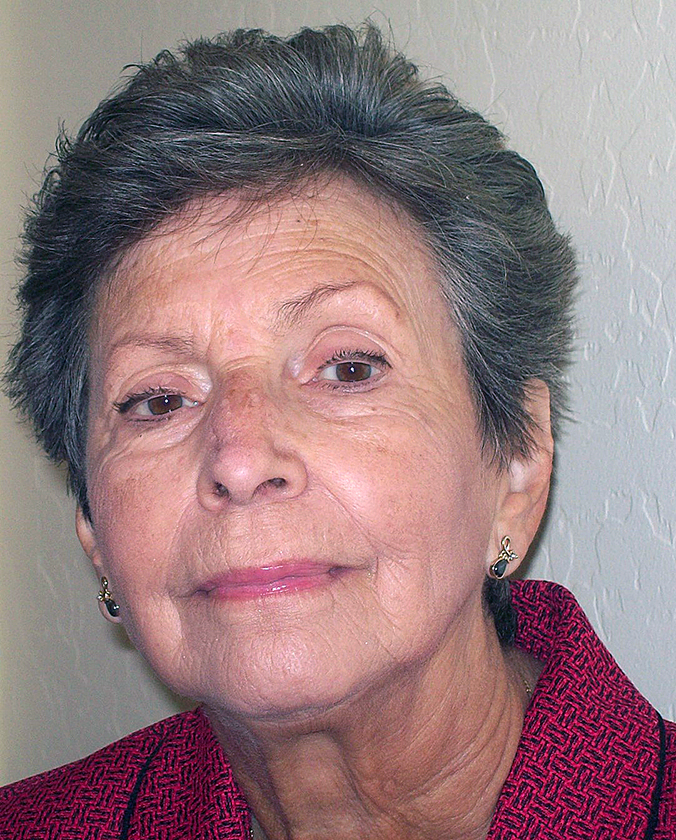In the early to mid 1960s, more than half the deaths in the U.S. were caused by cardiovascular disease.
To heighten awareness, the first American Heart Month occurred in February 1964 via proclamation by President Lyndon B. Johnson.

Since 2004, February has been the signature month for the American Heart Association’s Go Red For Women campaign, with the message heart disease is not only a man’s problem.
Cardiovascular disease includes heart disease and stroke, which cause 17.9 million deaths each year and remain the leading global causes of death.
The heart does more physical work than any other muscle in the body, pumping 2,000 gallons of blood per day. In a 70 year old, an average human heart beats more than 2.5 billion times.
Most heart attacks start slowly, with mild pain or discomfort, and can occur when there is not enough blood flow to the heart due to narrowed or blocked arteries.
Arteries can become blocked when there is a buildup of fat, cholesterol or other substances that can form plaque. Often, people experiencing these symptoms aren’t sure what is happening and may wait too long before getting help.
The American Heart Association has issued these heart-attack warning signs:
Discomfort in the center of the chest lasting more than a few minutes.
Uncomfortable pressure, squeezing, fullness or pain.
Discomfort in other areas of the body, including both arms, back, jaw or stomach.
Shortness of breath with or without chest discomfort.
Breaking out in a cold sweat, nausea or lightheadedness.
One in five heart attacks occur without the person knowing they had one. AHA cautions to learn the signs and remember: Even if you’re not sure it’s a heart attack, have it checked. Minutes matter. Calling 911 is almost always the fastest way to get life-saving treatment.
More information: American Heart Association Phoenix location, 2929 S. 48th Street in Tempe, or 1-602-414-5353.
Joan Koczor is a senior advocate and a member of the Age-Friendly Maricopa Advisory Board.


![MHS G.O.A.T. a ‘rookie sleeper’ in NFL draft Arizona Wildcats wide receiver Jacob Cowing speaks to the press after a practice Aug. 11, 2023. [Bryan Mordt]](https://www.inmaricopa.com/wp-content/uploads/2024/04/cowing-overlay-3-218x150.png)




![Maricopa’s ‘TikTok Rizz Party,’ explained One of several flyers for a "TikTok rizz party" is taped to a door in the Maricopa Business Center along Honeycutt Road on April 23, 2024. [Monica D. Spencer]](https://www.inmaricopa.com/wp-content/uploads/2024/04/spencer-042324-tiktok-rizz-party-flyer-web-218x150.jpg)





![Alleged car thief released without charges Phoenix police stop a stolen vehicle on April 20, 2024. [Facebook]](https://www.inmaricopa.com/wp-content/uploads/2024/04/IMG_5040-218x150.jpg)

![MHS G.O.A.T. a ‘rookie sleeper’ in NFL draft Arizona Wildcats wide receiver Jacob Cowing speaks to the press after a practice Aug. 11, 2023. [Bryan Mordt]](https://www.inmaricopa.com/wp-content/uploads/2024/04/cowing-overlay-3-100x70.png)


